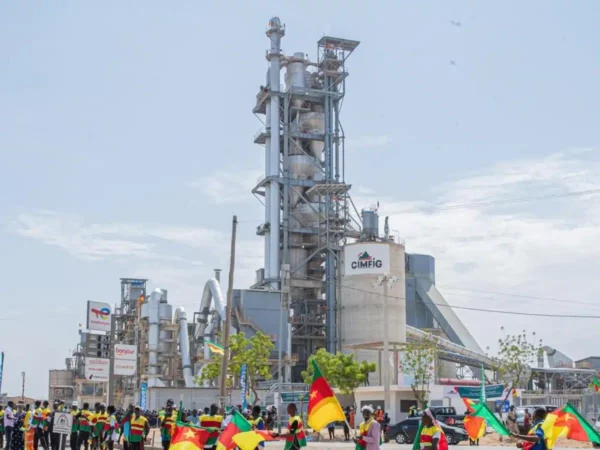It is a decisive turning point in the industrial history of Cameroon. The country inaugurated its very first clinker production plant on June 12, 2025, marking a major strategic advancement in the cement sector. Led by Cimencam (Cimenteries du Cameroun), a subsidiary of the giant Lafarge-Holcim, this new facility located in Figuil, in the Northern…...
Trending
- Senegal: Ecobank strips businessman Papa Ousmane Baba Thierno Anne of nearly 700 million CFA
- Standard & Poor’s upgrades Ghana’s sovereign rating to B-
- Egypt: Inflation on the rise again, reaching 12.5% in October
- Cameroon-EU: Trade exchanges amount to nearly 5 billion USD between 2017 and 2024
- Morocco: Insurance market records revenue of over 4 billion dollars in the first half of 2025
- Egypt: EBRD invests $40 million in Infinity Power to accelerate renewable energy
- Standard Bank strengthens its continental presence with the opening of an office in Egypt
- Cameroon: outstanding payments of 302 million USD in FCFA by the end of September 2025


